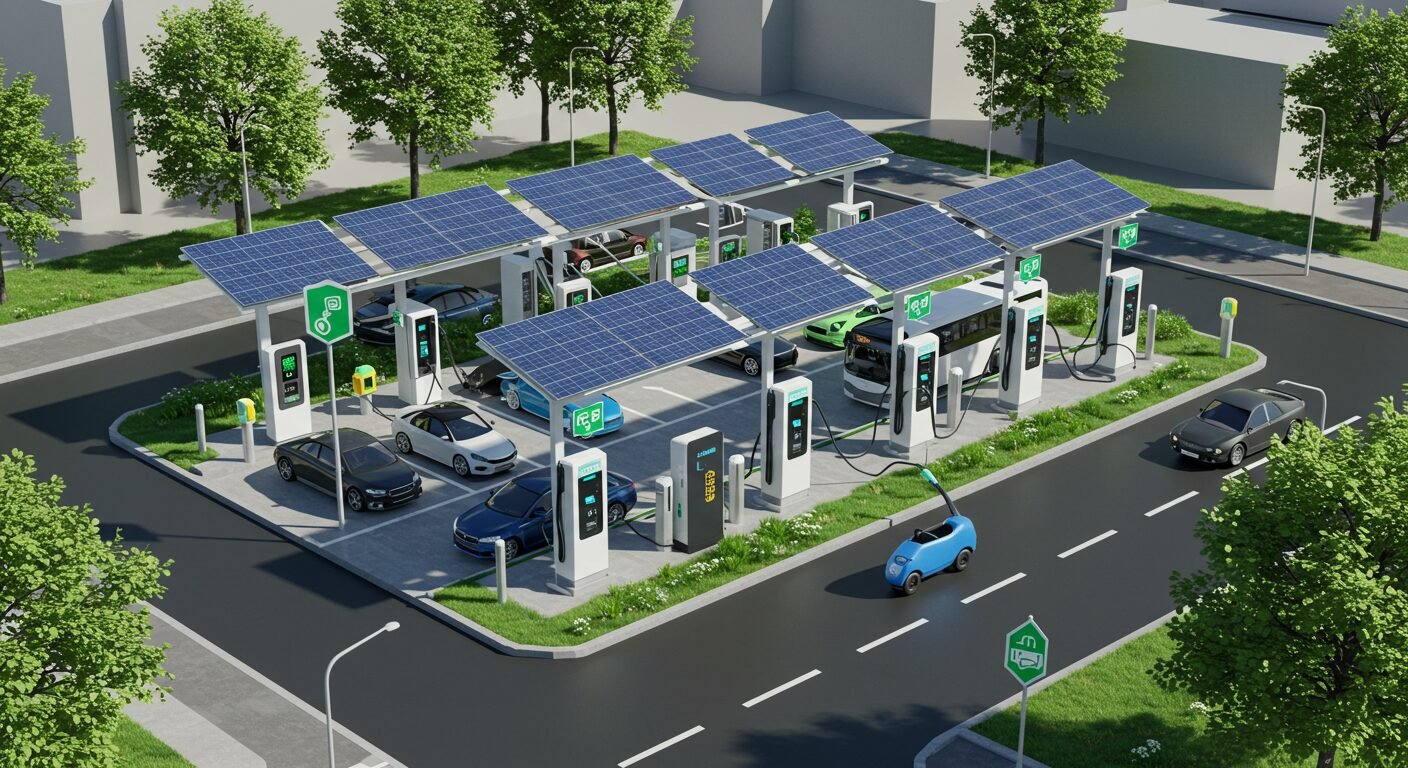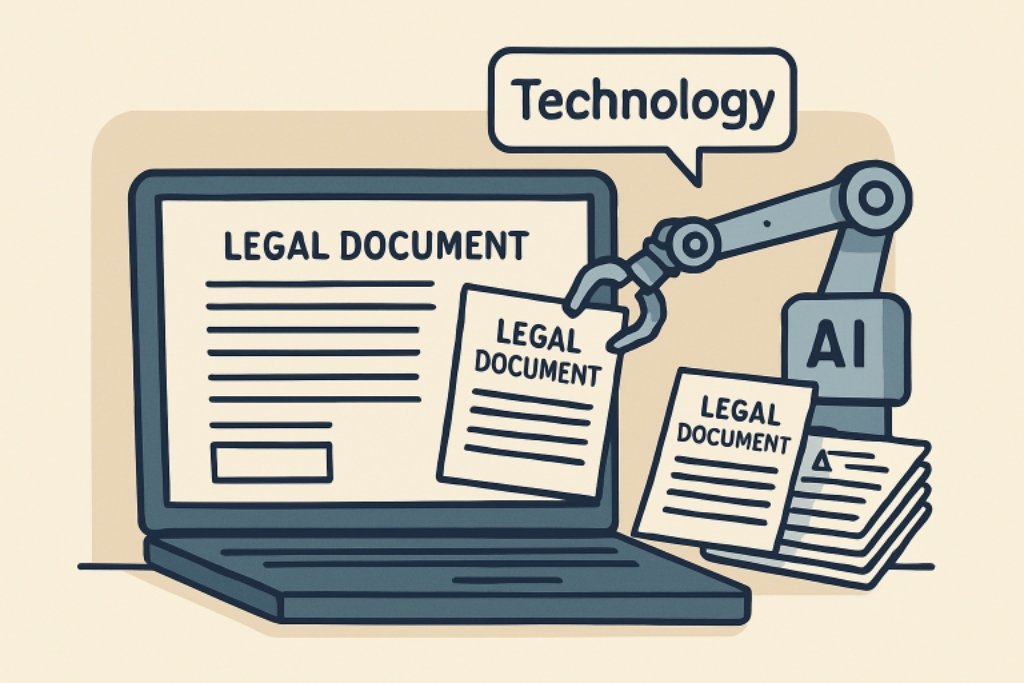As electric vehicles (EVs) become increasingly common, how we charge them is evolving to meet the demands of efficiency, sustainability, and convenience. Smart EV charging transforms the traditional charging experience by integrating technology, data, and connectivity to optimize energy use, reduce costs, and support the growth of renewable energy sources. Beyond simply powering vehicles, smart chargers communicate with the grid, balance electricity loads, and even store energy for later use. This innovation benefits individual EV owners with faster, more flexible charging and plays a critical role in reducing carbon emissions and supporting a cleaner, greener future. As communities adopt smart charging solutions, they are laying the groundwork for a more sustainable transportation ecosystem.
Future-Proofing Transportation With Smart Charging
The electrification of transportation is redefining how we move through our communities. As cities prioritize emission reductions, investments in charging stations are more crucial than ever. These modern solutions do much more than recharge an EV—they intelligently interact with the electric grid, shifting power usage to off-peak hours and optimizing charging in real time. This responsive approach doesn’t just streamline the user experience; it also lowers energy overhead and reduces the overall environmental impact.
By adopting smart charging infrastructure, regions can proactively address surging EV demand while supporting the growth of renewable energy. Smart charging is vital for grid reliability, particularly as cleaner energy sources make up a larger percentage of supply. As transportation, energy, and data converge, local governments and energy providers are working together to future-proof mobility for all.
How Smart EV Chargers Work in Everyday Life
Smart EV chargers bring adaptive technology directly to drivers. Instead of a static, one-size-fits-all power delivery, these units adjust output based on user preferences, grid demands, and electricity pricing. Drivers can schedule charging sessions overnight when electricity is cheapest or allow automated systems to leverage artificial intelligence for optimal cost savings. This flexibility benefits families, fleets, and gig economy workers looking to manage expenses while maximizing vehicle uptime.
On a broader scale, synchronized charging across thousands of vehicles helps cities manage electricity demand and prevents overload. This coordination reduces strain during peak periods and enables large-scale energy conservation participation without drivers noticing a difference.
Digital Connectivity Meets Sustainability
Today’s EV drivers are empowered by digital tools that place charging controls at their fingertips. Using mobile apps, drivers can find available stations, track real-time usage, and remotely begin or end a charging session. Data analytics from these apps provide energy providers and city officials valuable insight into usage patterns, enabling smarter, data-driven infrastructure expansion. Many cities are piloting rewards or incentives within these apps for charging during high renewable energy production periods, nudging consumers toward greener behaviors. Smart EV charging can substantially cut the carbon footprint of electric travel, amplifying the environmental case for electrification.
Energy Efficiency and the Electric Grid
As electric vehicles become a staple in driveways and fleet lots, the implications for the power grid are significant. Smart chargers communicate directly with utilities, rapidly responding to changes in grid conditions. During high-demand periods, charging can be temporarily slowed or paused, then increased when clean, affordable electricity is abundant. This demand-response strategy reduces the possibility of blackouts, maximizes the use of renewables, and can even create savings for utilities and consumers. Utility companies are growing interested in harnessing the storage capabilities of electric vehicles for grid stabilization, essentially turning cars into distributed energy assets.
Making EV Charging More Accessible
For the electric transition to be truly equitable, charging infrastructure must expand to serve urban, suburban, and rural communities. Municipalities are rapidly deploying curbside, workplace, and multifamily residential charging solutions. Increasingly, city planners are consulting residents on where new stations should be sited to ensure broad, inclusive access. Outside of major cities, public-private partnerships are key to bridging gaps in coverage and laying the groundwork for a robust charging network. Collaboration and community input remain essential to every driver’s smooth, holistic EV experience.
Integration of Renewable Resources
The next generation of EV charging stations is seamlessly paired with solar panels, wind turbines, and on-site battery storage. These upgrades ensure that more of each kilowatt-hour delivered comes from renewable sources. Solar-powered charging hubs, for example, allow many drivers to refuel with nearly zero-emission energy, reducing greenhouse gases while keeping costs manageable. Battery integrations store excess solar energy, making it available even after sunset or during outages. This approach enables communities to move toward truly net-zero transportation.
Consumer Experience and Charging Speeds
Time is a major factor in driver satisfaction. Perceived slow charging remains a stumbling block for some would-be EV adopters. However, advances in fast-charging technology provide enough range in as little as 20 minutes for most daily needs, making short stops practical for commuters and travelers alike. User-centric designs, such as intuitive touchscreens, clear pricing displays, and seamless mobile payments, further streamline the charging experience. As these features become standard, switching to electric vehicles feels less like a compromise and more like an upgrade.
Policy Shifts and Urban Planning
The expansion of smart charging infrastructure is closely tied to innovative public policy. Government incentives for station buildout, building codes mandating “EV-ready” parking, and zero-emission vehicle targets accelerate EV adoption. City planners are embedding charging stations into future developments, treating them as essential utilities akin to water or internet services. Forward-thinking policies ensure that smart charging networks are available, resilient, adaptable, and primed for future growth.
What Lies Ahead For Smart Charging?
The coming years promise deeper integration of vehicles, clean energy, and smart technologies. With collaboration between the public and private sectors, artificial intelligence and energy storage breakthroughs will continue to shape how we fuel and drive. These innovations signal a shift toward transportation that is not only cleaner but also smarter, more connected, and available to everyone. The ascent of smart EV charging marks a critical step to a sustainable, efficient, and universally accessible mobility future.





